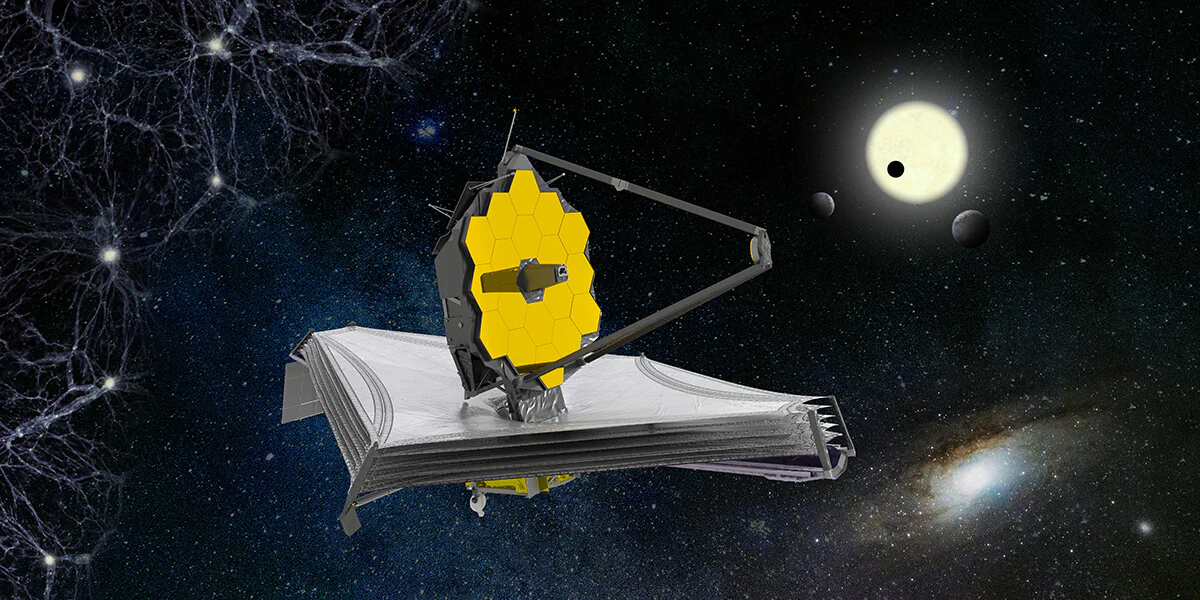Researchers were amazed by the first test image, which the telescope beamed down to Earth in March following its December launch: After the 18 mirror segments were correctly aligned, the new space telescope – considered the successor to the Hubble Space Telescope, which has been stationed in space since 1990 – sent back the image of a spiky star surrounded by many previously invisible galaxies. It caused a sensation and raises hopes of more spectacular images and, with them, answers to how the universe arose and whether alien life forms or habitable planets exist in space. The telescope carries four scientific instruments. One of them, the Mid InfraRed Instrument (MIRI), features mirrors manufactured at Fraunhofer IOF in Jena. These ultra-precise mirrors were diamond-turned and coated there, too. Diamond turning is a powerful manufacturing process for producing planar and curved optical surfaces. However, MIRI is not the only instrument that Jena experts helped get ready for the mission. They were also involved in building the Near Infrared Spectrograph (NIRSpec). NIRSpec is the telescope’s “super-eye” and can analyze light at wavelengths of 0.7 to 5 micrometers. (gro)

